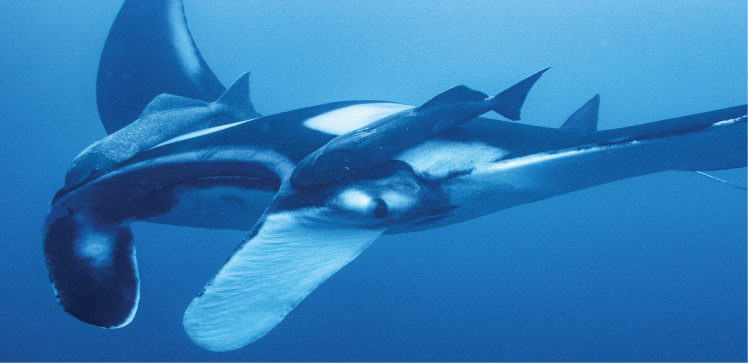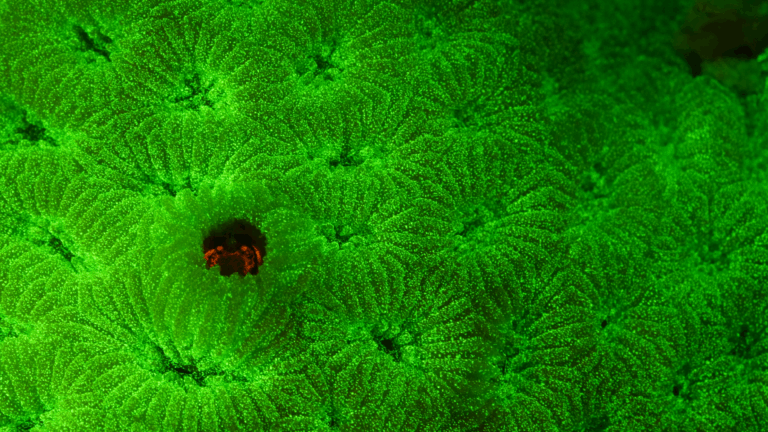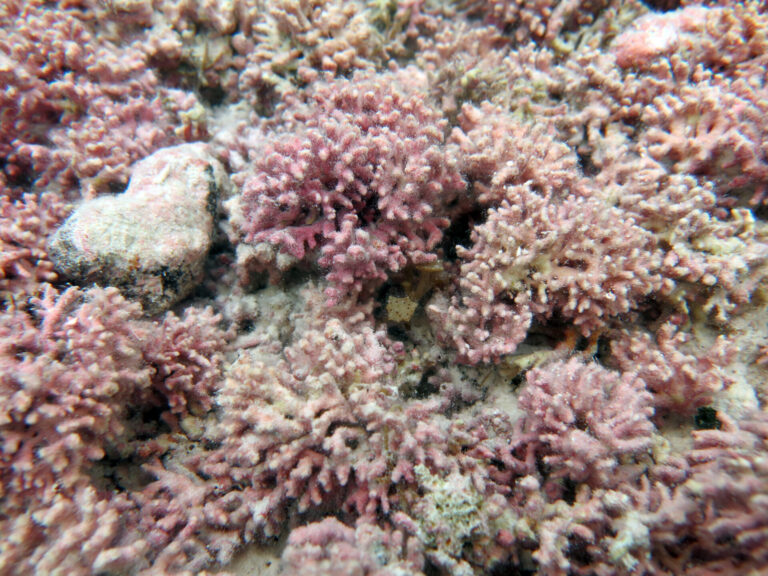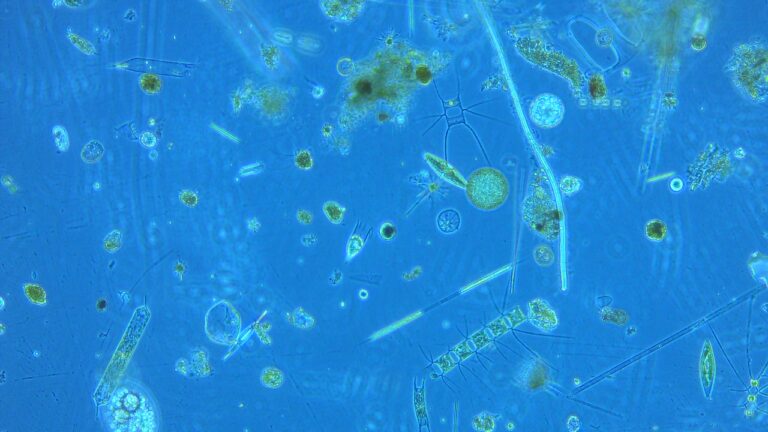Marine Science
Red Sea may have a nursery for oceanic manta rays
A citizen science project uncovers new details about the lives of oceanic manta rays in the Red Sea, including a possible nursery site.

KAUST scientists have discovered a previously unknown manta ray nursing ground in the Red Sea. © 2022 KAUST; footage provided by Alex Kattan; Maria Bereozka. /en/article/1264/red-sea-may-have-a-nursery-for-manta-rays
KAUST scientists have discovered a previously unknown manta ray nursing ground in the Red Sea. © 2022 KAUST; footage provided by Alex Kattan; Maria Bereozka. /en/article/1264/red-sea-may-have-a-nursery-for-manta-rays
The endangered oceanic manta ray Mobula birostris is an iconic marine creature, and yet surprisingly little is known about them. Now, a study led by KAUST researchers has provided insights into population demographics and the movement of these rays across the Red Sea region. It also hints at a potential nursery ground off the coast of Sharm El-Sheikh, Egypt.
“There are so many unknowns about these charismatic creatures,” says Anna Knochel, a former Masters student at KAUST who led the project under the supervision of Michael Berumen. “I wanted to learn more about the Red Sea manta population, but a full scientific survey would be challenging and expensive. I realized we could tap into social media for help.”
Knochel and colleagues began by collating images and details of sightings they had witnessed. They contacted Elke Bojanowski, a marine scientist and divemaster in Egypt, who granted access to her image archives. They then reached out to members of the public who had posted photographs of rays taken in the Red Sea region on various social media platforms. These online images doubled the amount of data for the project.
“Like whale sharks, manta rays have unique spot patterns on their bodies; this, together with size estimates gleaned from photographs, meant that individuals could be identified,” says Knochel. “I spent weeks analyzing photographs to identify as many individuals as I could.”
The team identified 267 individuals from 395 sightings in Egypt, Saudi Arabia, Sudan, Jordan and Israel, from 2004 to 2021. Movements were recorded for 21 rays sighted in more than one location, including basin-spanning migrations from one side of the Red Sea to the other. The ability of these animals to undertake long-distance movements over deep water means that multinational cooperation will be required to protect them effectively.
“I noticed that many of the rays were really young — they were small, and I could see juvenile males with immature sexual organs,” says Knochel. “I identified 27 young males and estimate that a further 29 were juvenile females. The young rays were regularly spotted at Sharm El-Sheikh, suggesting that the area could be a nursery ground.”
The only other known nursery ground for oceanic manta rays is the Flower Garden Banks, a marine sanctuary in the Gulf of Mexico, where sightings of juvenile males were confirmed in a recent paper.
“This study highlights the untapped value of the Red Sea, not just to scientists, but to all the nations surrounding its coasts,” says Berumen. “These findings will encourage further research into oceanic manta rays, and Saudi Arabia has a real chance to model best practice in terms of sustainable tourism for marine wildlife.”
References
- Knochel, A.M., Cochran, J.E.M., Kattan, A., Stevens, G.M.W., Bojanowski, E. & Berumen, M.L. Citizen science reveals multinational connectivity, population demographics, and possible nursery ground of endangered oceanic manta rays in the Red Sea. Aquatic Conservation: Marine and Freshwater Ecosystems (2022).| article
You might also like

Marine Science
Tiny crabs glow to stay hidden

Marine Science
Mass fish deaths linked to extreme marine heatwave in Red Sea

Marine Science
Weeding out the secrets of Red Sea macroalgae

Bioscience
Digging into the world of plant-growth-promoting microbes

Marine Science
Rhodoliths found in a surprise location

Bioscience
Unique microbiome discovered in mountain streams

Marine Science
Examining phytoplankton’s past to reduce future algal blooms

Marine Science




